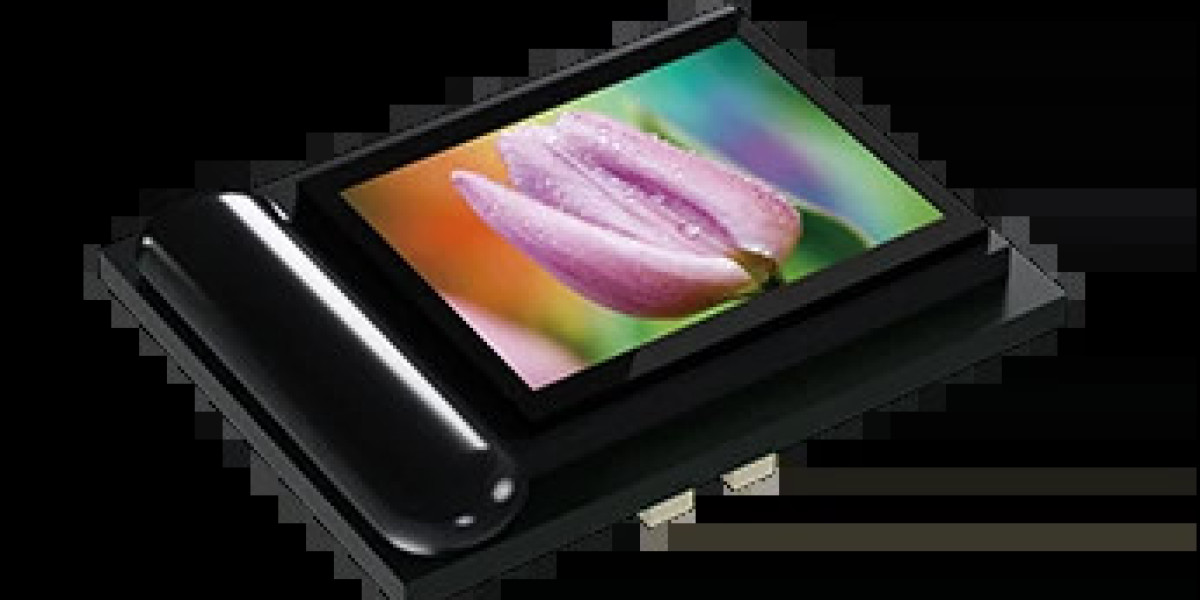Today, many smart and compact devices rely on advanced screen technology to deliver a clear and vivid viewing experience. One of the most important components behind this is the micro display. From AR/VR headsets to smart glasses, micro displays are essential for creating sharp images in small spaces.
In this blog, we’ll explain what a micro display is, where it’s used, and why it’s an important technology in the growing world of optical innovation.
What Is a Micro Display?
A micro display is a small-sized screen designed to produce high-quality visuals in devices where space is limited. Unlike regular LCD or OLED panels used in smartphones and TVs, micro displays are designed for devices worn on the head, held close to the eye, or used in compact professional equipment.
They are typically based on technologies like OLED (Organic Light Emitting Diodes), LCOS (Liquid Crystal on Silicon), or LCD. Among these, OLED-based micro displays offer the best contrast, faster response time, and better energy efficiency.
Key Features of Micro Displays
Micro displays are packed with advanced features that make them ideal for modern use cases:
High Resolution in a Small Size – Even at a few millimeters wide, micro displays can offer full HD or higher resolutions.
Low Power Consumption – Important for battery-powered wearables.
Fast Refresh Rate – Needed for smooth visuals in AR/VR environments.
Wide Viewing Angle – Ensures visuals stay clear, even when viewed from different angles.
Lightweight and Thin – Perfect for integration in compact systems.
These features make micro displays highly suitable for devices that need to be small, light, and power-efficient.
Common Applications of Micro Displays
You’ll find micro display technology in a wide range of high-tech tools and devices, such as:
Augmented Reality (AR) Glasses
Virtual Reality (VR) Headsets
Smart Glasses
Medical Imaging Equipment
Digital Camera Viewfinders
Military Optics and Night Vision
Wearable Electronics
The demand for immersive and lightweight wearable tech is growing. Micro displays play a big role in making that possible.
Micro Display vs Traditional Display
Let’s take a quick look at how micro displays compare with regular display technologies:
| Feature | Micro Display | Traditional Display |
|---|---|---|
| Size | Extremely Small | Medium to Large |
| Power Usage | Low | Medium to High |
| Use Case | AR/VR, Smart Glasses | Phones, TVs, Monitors |
| Portability | Highly Portable | Limited Portability |
| Refresh Rate | Very Fast | Varies |
For any application where weight, size, and image quality matter, micro displays are clearly the better choice.
Conclusion
Micro displays may be small, but they power some of the most advanced optical technologies available today. Whether it’s a headset, medical device, or camera viewfinder, these compact displays help deliver crystal-clear images without using much space or energy. As wearable and immersive tech continues to grow, micro displays will remain a key part of that future.












